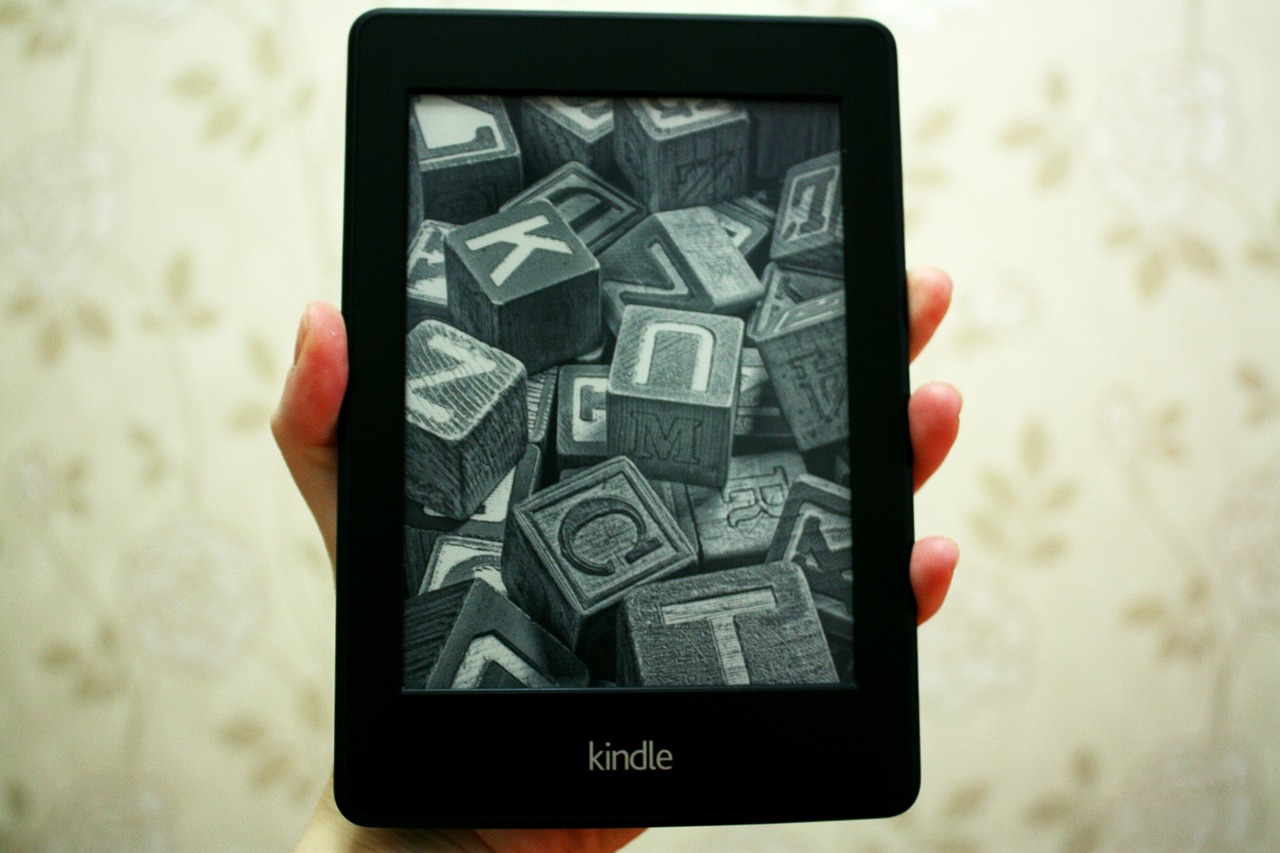Unveiling the Potential of E-Ink: The Future of Display Technology
If you're a bookworm who loves the feel of paper but also appreciates digital convenience, chances are you've used an e-reader. But have you ever stopped to wonder how the 'electronic paper' that makes e-readers possible works? The answer lies in E-Ink. This innovative technology has the potential to revolutionize the way we interact with screens. It's time we delve into the exciting world of E-Ink.

E-Ink: A Brief History
First, let’s dive into the history of E-Ink. Joseph Jacobson and Barrett Comiskey, two researchers at the Massachusetts Institute of Technology’s Media Lab, pioneered E-Ink (or electronic ink) in the late 1990s. The primary aim was to mimic the appearance of ordinary ink on paper. Its invention marked a significant step forward in display technology, offering a more comfortable reading experience than traditional LED screens.
How Does E-Ink Work?
E-Ink works on the principle of electrophoresis - the movement of electrically charged particles in a fluid when subjected to an electric field. The technology uses millions of tiny microcapsules, each containing positively charged white particles and negatively charged black particles suspended in a clear fluid. When an electric field is applied, depending on the charge, the relevant particles move to the top, making the capsule appear white or black to the viewer.
Recent Developments in E-Ink Technology
E-Ink technology is not standing still. Recent advancements have seen the introduction of color E-Ink (E-Ink Kaleido), which enhances the display with up to 4096 colors. This development has expanded E-Ink’s applications beyond e-readers to signage, educational tools, and even fashion.
E-Ink and Its Market Impact
E-Ink offers several advantages over traditional displays. It’s energy-efficient, easy on the eyes, and provides a paper-like reading experience, making it a favorite for e-readers. While it currently dominates the e-reader market, the introduction of color E-Ink opens up new possibilities. With the global E-Paper market projected to reach $28.87 billion by 2022, the potential for E-Ink is enormous.
The Future of E-Ink
So, what does the future hold for E-Ink? With its low power consumption and improved readability, E-Ink could become the preferred choice for digital signage, replacing traditional LED and LCD displays. In addition, advancements in flexible E-Ink screens could lead to innovative applications, including foldable e-readers and digital clothing. As the technology continues to evolve, the possibilities seem endless.
In conclusion, E-Ink is a groundbreaking technology with the potential to redefine our interaction with screens. From humble e-readers to innovative digital signage, E-Ink is set to leave its mark on the future of display technology. It’s an exciting time for tech enthusiasts as we watch this versatile technology unfold.





